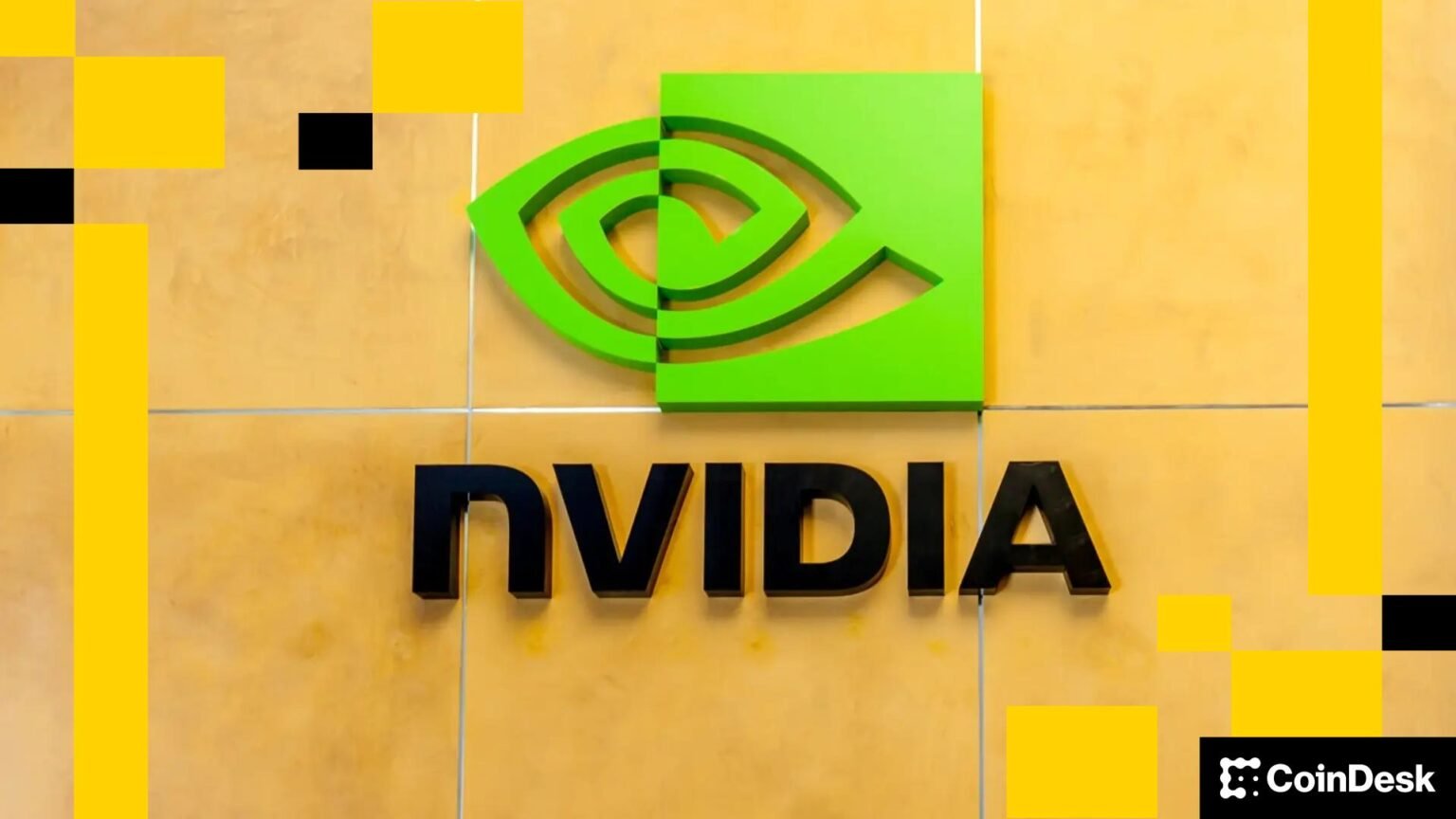Bridging AI and DeFi: How USD.AI is Revolutionizing Capital for GPU Leasing
Decentralized finance (DeFi) is currently navigating a landscape dominated by stablecoins that yield Treasury-like returns. At the same time, smaller entities in the artificial intelligence (AI) sector are struggling to secure funding for their burgeoning data centers that require cutting-edge GPUs. Enter USD.AI, a new stablecoin protocol designed to bridge this gap by transforming the idle liquidity in the crypto space into loans specifically aimed at powering the machines essential for AI development.
With approximately $345 million in circulation, USD.AI is backed by short-term credit tied directly to NVIDIA GPUs located in various data centers. These spaces, rented out to AI developers, monetize their GPU power by selling compute time for training AI models. The revenue generated from these activities serves a dual purpose: it pays off the debts incurred for the GPUs while also providing yields to lenders. Unlike traditional lending models that rely primarily on token emissions, USD.AI focuses on earnings derived from repayments, ensuring a more sustainable financial model for both lenders and borrowers.
At its core, USD.AI employs three interconnected mechanisms aimed at making conventional credit solutions compatible with blockchain technology. The first mechanism, known as CALIBER, acts as the bridge between physical GPUs and their digital representations on the blockchain. Each financed GPU is securely stored in an insured data center and documented according to U.S. commercial law. This physical asset is then tokenized as a non-fungible token (NFT), offering a legal and enforceable claim on the GPU. By doing this, USD.AI allows capital raised on-chain to directly fund real-world equipment that has tangible collateral backing it.
The second layer of USD.AI’s architecture is the FiLo Curator system, which oversees underwriting processes for GPU loans. Curators not only originate these loans but also invest their own first-loss capital, taking on the initial risk of defaults. This decentralized approach to credit origination keeps borrower incentives aligned with those of the lenders: curators profit only when the loans they originate are successfully repaid. This model fosters trust and decentralization, essential components for long-term sustainability in the DeFi ecosystem.
Managing liquidity is the final component of USD.AI’s innovative framework, encapsulated in its Queue Extractable Value (QEV) system. Instead of allowing instant withdrawals, the protocol queues redemption requests. This mechanism utilizes time as a market tool, enabling users willing to wait to receive gradual repayments based on monthly borrower cash flows. For those requiring quicker exits, they can pay a premium to move up the queue, which not only aids in liquidity management but also maintains the loan book’s solvency.
Currently, the yield for staked sUSDai ranges from 13% to 17%, driven primarily by repayments from GPU operators rather than speculative emissions or leveraged trades. This yield is appealing, especially given the uncertainties surrounding traditional investment returns. USD.AI’s backers foresee this protocol as an initial prototype for an expanded model dubbed “InfraFi,” or decentralized infrastructure finance. Future iterations could encompass a variety of projects, from renewable energy to extensive decentralized computing networks.
However, the success of USD.AI depends on the underlying demand for GPU leasing, a critical barometer for the AI industry’s growth. As long as the economics of GPU leasing remain favorable, the protocol stands to flourish, effectively becoming DeFi’s first substantial connection between on-chain capital and the physical machinery driving advancements in artificial intelligence. As we approach a new era where the convergence of DeFi and technological infrastructure is imperative, the potential of protocols like USD.AI will be closely watched by both investors and developers alike.


